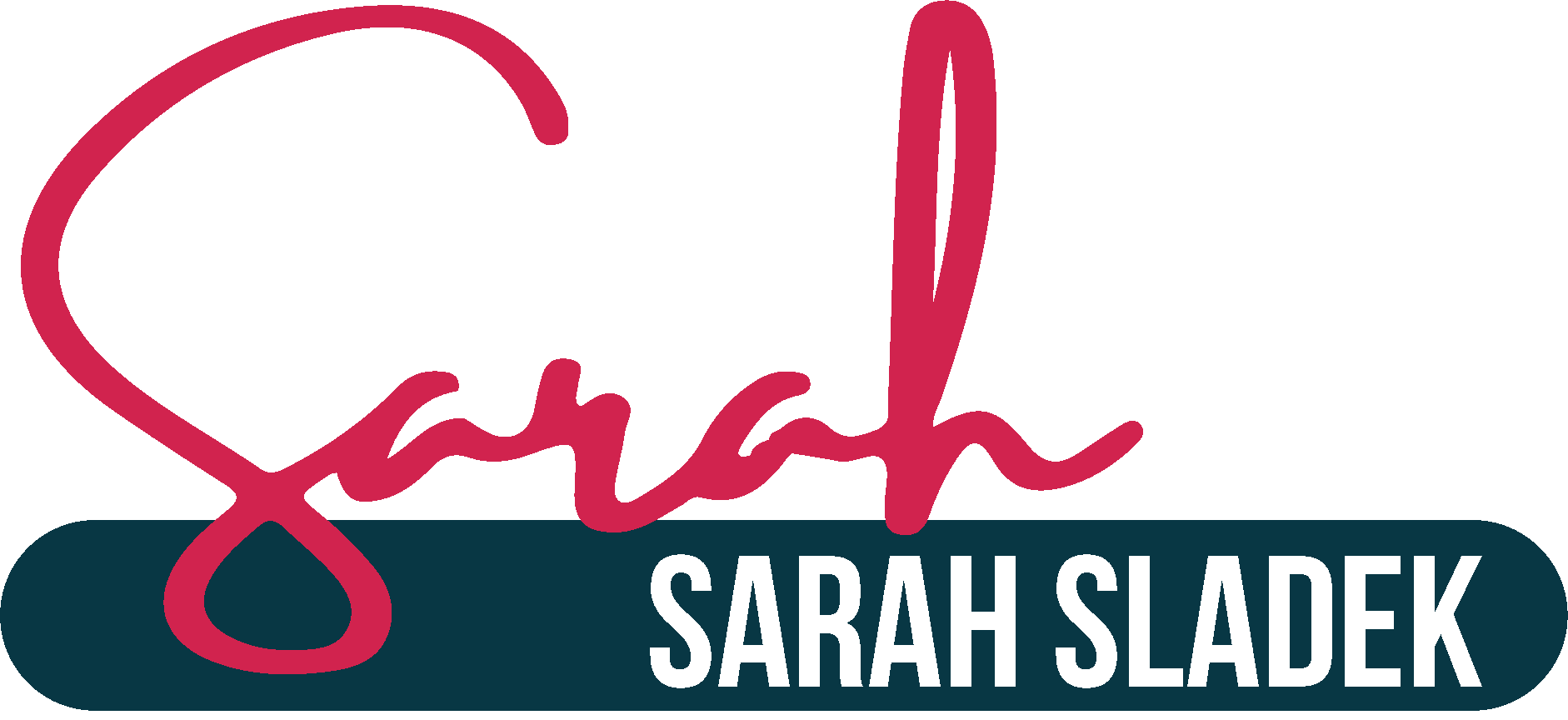I was going through family photos the other day and came across several pictures of my grandmother. She embodied glamour and never failed to attend social events (even baseball games!) without her pearls. I can remember her always looking put together and polished – the epitome of class. As I perused through the albums, I found more snapshots of her and my ancestors, all of whom were dressed in their finest ensembles for social outings. Times have changed, and today, my two daughters joke that I don’t truly understand what it means to be “casual.” Perhaps I’m more influenced by the previous generations of women in my family than I realized.
Still, there is something I love about vintage finds and the era of glamour that my grandmother and her mother were raised in. For me, the past evokes a sense of nostalgia and curiosity about what it would be like to live during another time period.
I have an immense appreciation for trends. As a generational researcher and futurist, I am always looking at trends and how they impact societies’ attitudes and behaviors. It’s probably why I am also fascinated by fashion. Clothing provides a lens into what is happening at any given time, and I’ve found that people’s attire typically reflects current events. For example, the high fashion of the Gilded Age had its roots in both the Civil War and the Industrial Revolution. Society emerged from wartimes with a desire for consumption and luxury. Following WWI, clothes were designed to be less restrictive, formal, and more practical as gender roles shifted. Current events and fashion always went hand in hand.
That being said, I’m not here to talk to you about the latest fashion movements! Trends play an essential role in our society, and your organization is no exception.
It is vital that your association pay attention to trends because you are either ahead of the curve or behind it.
In my work as a consultant, I’ve found that the majority of associations think they’re ahead of the curve, but they’re not. I’ll start off by conducting a quiz with the group to determine how future-focused the organization is. Most will respond that they are relatively modernized or actively headed in that direction. I’ll then administer a quiz about the associations’ awareness of trends in their industry, and without fail…they fail.
I worked recently with an educational association that felt that they were highly “trendy” due to their work with students. However, they completely missed the mark when they took their quiz about industry-specific trends. They weren’t aware of trends in key areas such as STEM or classroom demographics, but the results served as a wake-up call to put their association back on track.
We tend to romanticize the past. There is an allure to what “once was” and joy in reminiscing about the “good old days,” but it is a slippery slope and especially dangerous territory for membership organizations. Suppose your association becomes too tied to the past. In that case, you risk forgetting about where you are going and who you are serving and, ultimately, becoming increasingly irrelevant to your audience. Identifying trends has become second nature to me. Still, I recognize that it’s not as easy for others. So, where to begin? The answer is quite simple.
To stay on top of industry trends, you have to adopt a student’s mindset.
Recognize that you may not have all of the answers and be willing to learn, absorbing information from various channels. Stay current on industry publications and trend reports, and regularly view content on the latest social media channels, including YouTube, TikTok, and Instagram! If you are part of a trade association, you must regularly review industry research to know about the latest workforce trends and developments.
When a major social shift occurs, it typically starts with younger generations and will trickle up to the masses. Paying attention to youth culture will give you a glimpse of the trajectory of what’s to come. We can’t settle for the status quo or stay stagnant. You’re either growing and evolving…or you’re on a sinking ship. There is no middle ground.
I love the past. I sometimes think that I was born in the wrong decade. As much as I love history, I am also captivated by what is on the horizon. You and your organization need to adopt the same mindset to set the stage for a successful future for today’s members and those from generations to come.
Does your organization need help shaking off outdated traditions? Work with us, and we’ll help modernize your association from the ground up.

